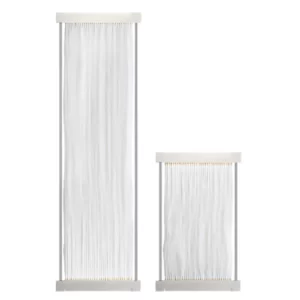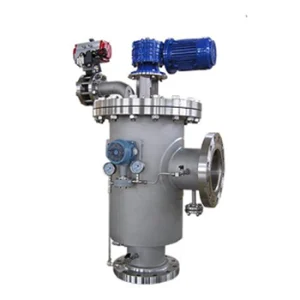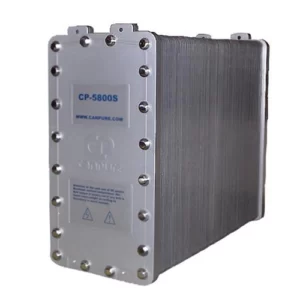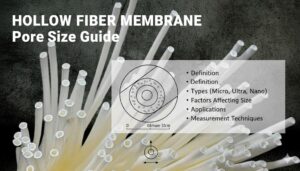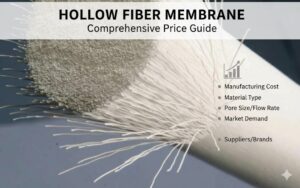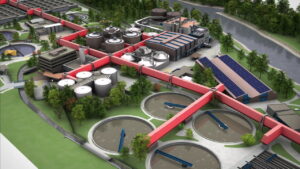Ever wondered, “How much is a water treatment system?” You’re not alone. With water quality issues popping up everywhere, more homeowners are eyeing these systems. But costs can swing wildly—from a few hundred bucks to thousands.
Come professionista fornitore di trattamento dell'acqua, I’ll break down how much for a water treatment system based on real data from 2025 sources like HomeAdvisor and Modernize. We’ll cover types, factors, averages, and tips to save. By the end, you’ll know exactly what to budget for clean, safe water at home.
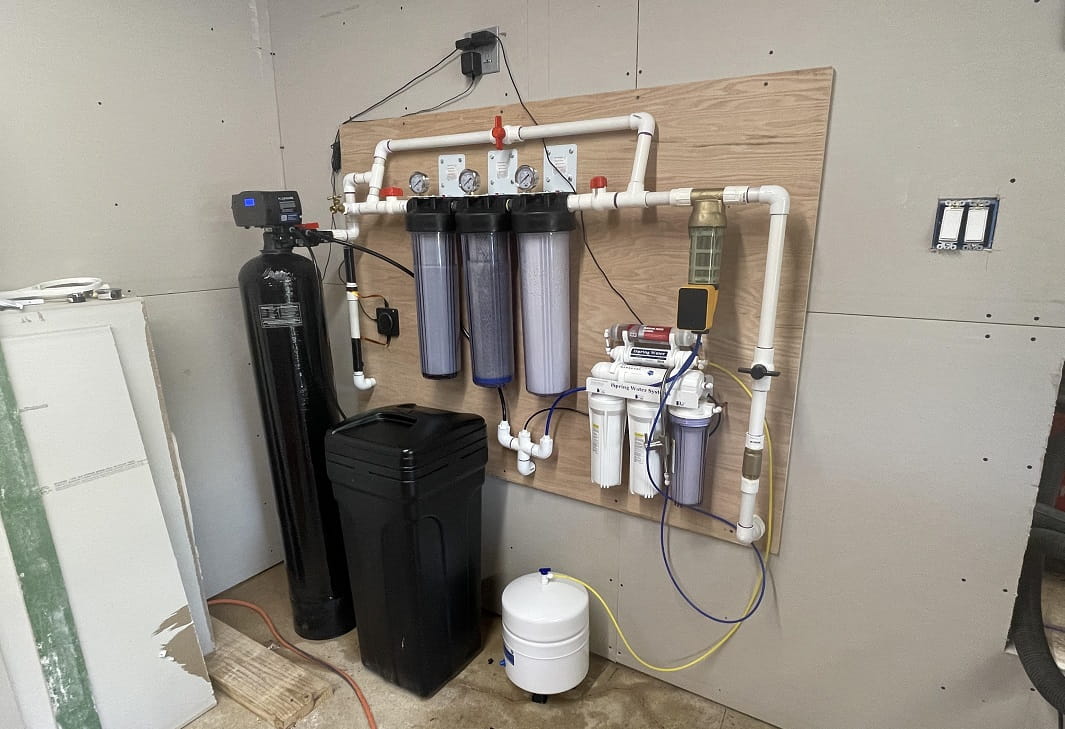
Why Get a Water Treatment System Anyway?
Let’s start with the basics. A water treatment system filters out contaminants like chlorine, lead, bacteria, or hard minerals from your tap or well water. It’s not just about taste—it’s about health and protecting your pipes and appliances.
In my experience, skipping this can lead to bigger headaches down the line. Think scale buildup in your shower or that funky smell in your drinking water. According to a 2025 report from the EPA, over 15% of U.S. households deal with unsafe water levels. No wonder systems are booming.
But here’s the thing: not all systems are created equal. Some tackle the whole house, others just one faucet. That directly ties into cost. Sound good? Let’s dive into the types.
Types of Water Treatment Systems and Their Costs
The type you choose is the biggest cost driver. I’ll outline the main ones, with 2025 price ranges including installation. These come from aggregated data on sites like HomeGuide and NexGen.
Whole-House Filtration Systems
These bad boys treat every drop entering your home. Perfect if you want filtered showers, laundry, and drinking water.
- Average Cost: $850 to $5,400
- What It Includes: Carbon filters, sediment removal, sometimes UV for bacteria.
- High-End Option: Add a softener, and you’re looking at $2,900 to $8,000.
Pro Tip: If your water test shows heavy contaminants, go for this. I helped a friend install one last year—cut his plumbing repairs by half.
Reverse Osmosis (RO) Systems
RO is like the gold standard for pure drinking water. It pushes water through a membrane, zapping 99% of impurities.
- Under-Sink Version: $300 to $950 installed.
- Whole-House RO: $4,800 to $8,000—pricey but thorough.
In 2025, with rising chemical concerns, RO demand is up 20% per HomeAdvisor. It’s great for cooking and coffee, but wastes some water during filtering.
Water Softeners
Hard water? This softens it by removing minerals like calcium. No more spots on dishes or dry skin.
- Average Cost: $700 to $3,000
- Salt-Based vs. Salt-Free: Salt-based is cheaper ($600–$2,500), but salt-free runs $1,000–$5,000 for eco-friendly vibes.
Data from Modernize shows these pay off fast—extending appliance life by years.
Well-Water Systems
If you’re on a private well, you need multi-stage filtration for iron, bacteria, and more.
- Average Cost: $800 to $4,000
- Custom Add-Ons: UV or chemical injection bumps it to $5,000+.
A 2025 study from Culligan notes well water often needs testing first—costing $50–$300—to nail the right setup.
Basic Point-of-Use Filters
Think under-sink or countertop units. Simple and targeted.
- Average Cost: $150 to $600
- Why Cheap? Easy DIY install, but only filters one spot.
These are entry-level, per Benjamin Franklin Plumbing. Great for apartments or testing the waters (pun intended).
Key Factors That Affect Water Treatment System Prices
Costs aren’t random. Here’s what jacks up (or lowers) the bill. I’ll use real 2025 examples to keep it concrete.
System Complexity and Features
Basic carbon filter? Cheap. Add UV light for viruses or ionization for alkaline water? Expect to pay more.
- For instance, a standard whole-house setup is $850–$2,900.
- Throw in RO: $1,000–$4,000 extra.
NexGen’s 2025 guide says advanced features like smart monitoring add $500–$1,000 but save on maintenance.
Water Quality and Testing
Your water’s issues dictate the system. Test first—it’s $100–$300 via labs.
- High iron or bacteria? Multi-stage needed, pushing costs to $4,000+.
- Municipal water? Often simpler, under $1,000.
In my view, skipping the test is like guessing—waste of money. Modernize reports bad tests lead to 30% overspending.
Installation and Labor
DIY a basic filter? Free labor. But whole-house? Pros charge $200–$600.
- Location matters: Rural areas might add travel fees.
- Plumbing updates (like new pipes): $150–$850 more.
C&C Plumbing’s 2025 data shows certified installs ensure longevity—worth the extra.
Brand and Warranty
Big names like Culligan or Leaf Home cost more but offer better warranties.
- Entry-Level Brands: $300–$1,000
- Premium: $2,000–$5,000 with 10-year coverage.
Benjamin Franklin Plumbing emphasizes E-A-T here—trusted brands mean reliable performance.
Ongoing Maintenance Costs
Don’t forget this. Filters need swapping every 3–12 months.
- Annual Cost: $50–$500
- RO Membranes: $100–$200 yearly.
A 2025 HomeGuide analysis: Neglect maintenance, and efficiency drops 40%. Schedule pros for $100–$300 checks.
Average Costs Breakdown for 2025
Let’s get specific with numbers. Based on Modernize and HomeAdvisor’s latest data.
- Basic Systems (Faucet/Under-Sink): $50–$500
- Mid-Range (Activated Carbon/UV): $600–$1,500
- High-End (RO/Well/Softener): $900–$5,000
National average for whole-house: $2,050 (range $1,044–$3,266). But in high-cost areas like California, add 20%.
Pro Tip: Use online calculators from sites like Culligan for personalized estimates.
Installation: DIY vs. Professional
Tempted to DIY? It can save $300–$500.
- Easy DIY: Under-sink filters—tools needed: wrench, patience.
- Steps: 1. Shut off water. 2. Mount unit. 3. Connect lines. 4. Test for leaks.
But for whole-house, hire pros. Risks like floods aren’t worth it. Benjamin Franklin offers on-time guarantees—$5/minute late, up to $300.
Costs: $120–$300 for under-sink, $200–$600 for whole-house.
Hidden Costs to Watch For
Extras can sneak up.
- Permits: $30–$500, depending on locale.
- Electrical/Plumbing Mods: $150–$850.
- Old System Removal: $40–$300.
- Drywall Repairs: $100–$400 if walls get cut.
C&C notes countertop mods for RO faucets: $50–$225.
Also, water testing: $20–$250. Lab accuracy beats kits.
Is a Water Treatment System Worth the Investment?
Short answer: Yes, if your water needs it.
Benefits: Safer drinking, better taste, longer appliance life. Modernize says it cuts bottled water costs ($360–$600/year).
ROI: Basic systems pay back in 1–3 years via savings.
For wells or old pipes, it’s essential—avoids health risks.
In 2025, with climate shifts affecting water, EPA data shows filtered homes report 25% fewer issues.
But here’s the bottom line: Test your water first. If it’s fine, skip it. If not, budget based on needs.
Tips to Save Money on Your Water Treatment System
Want to cut costs? Here’s how.
- Shop Around: Compare quotes from 3–5 pros. Sites like Angi help.
- DIY Where Possible: Handle basic installs yourself.
- Rebates and Incentives: Check utilities for water-efficient rebates—up to $500.
- Buy Off-Season: Winter installs often discount 10–20%.
- Bundle Services: Add to plumbing work for savings.
Veterans/first responders? Brands like Benjamin Franklin offer discounts.
Pro Tip: Read reviews on BBB—avoid low-rated installers to prevent redo costs.
Errori comuni da evitare
Don’t fall for these.
- Skipping Tests: Leads to wrong system.
- Cheapest Option: Often fails fast—spend on quality.
- Ignoring Maintenance: Clogs systems, hikes repairs ($50–$800).
- No Warranty Check: Ensure 5–10 years coverage.
From experience, rushing install caused a leak for me once—lesson learned.
Final Thoughts: Budgeting for Clean Water
So, how much is a water treatment system? It ranges from $150 for basics to $8,000+ for premium whole-house setups in 2025. Factor in your water needs, test results, and long-term savings.
The key: Get a pro consult and quote. Clean water isn’t just a luxury—it’s smart investing in your home and health.
If you’re ready, start with a free water test from local services. Questions? Drop them below. Let’s get you that crystal-clear water.

